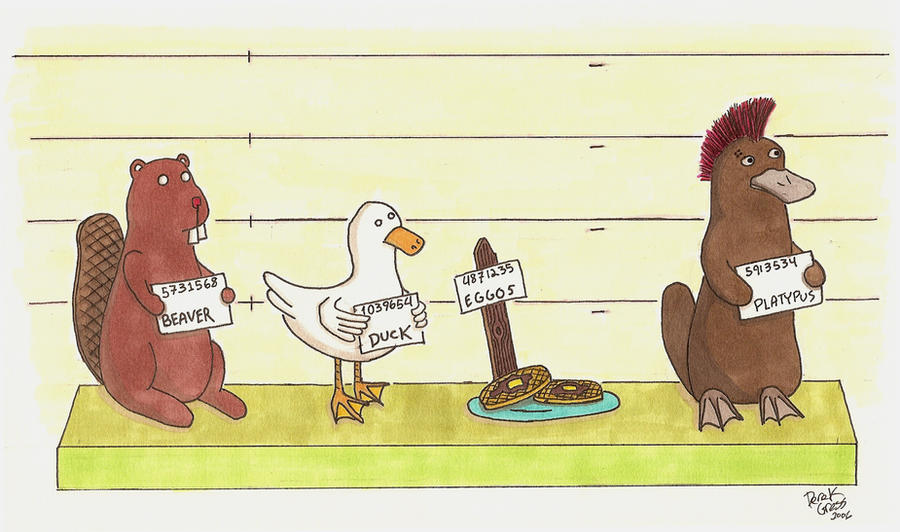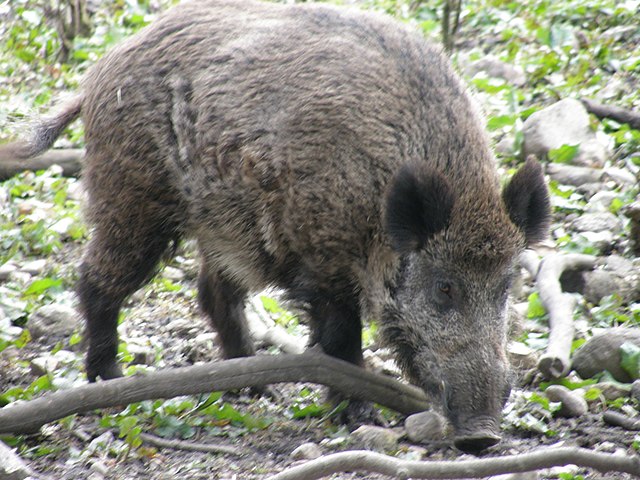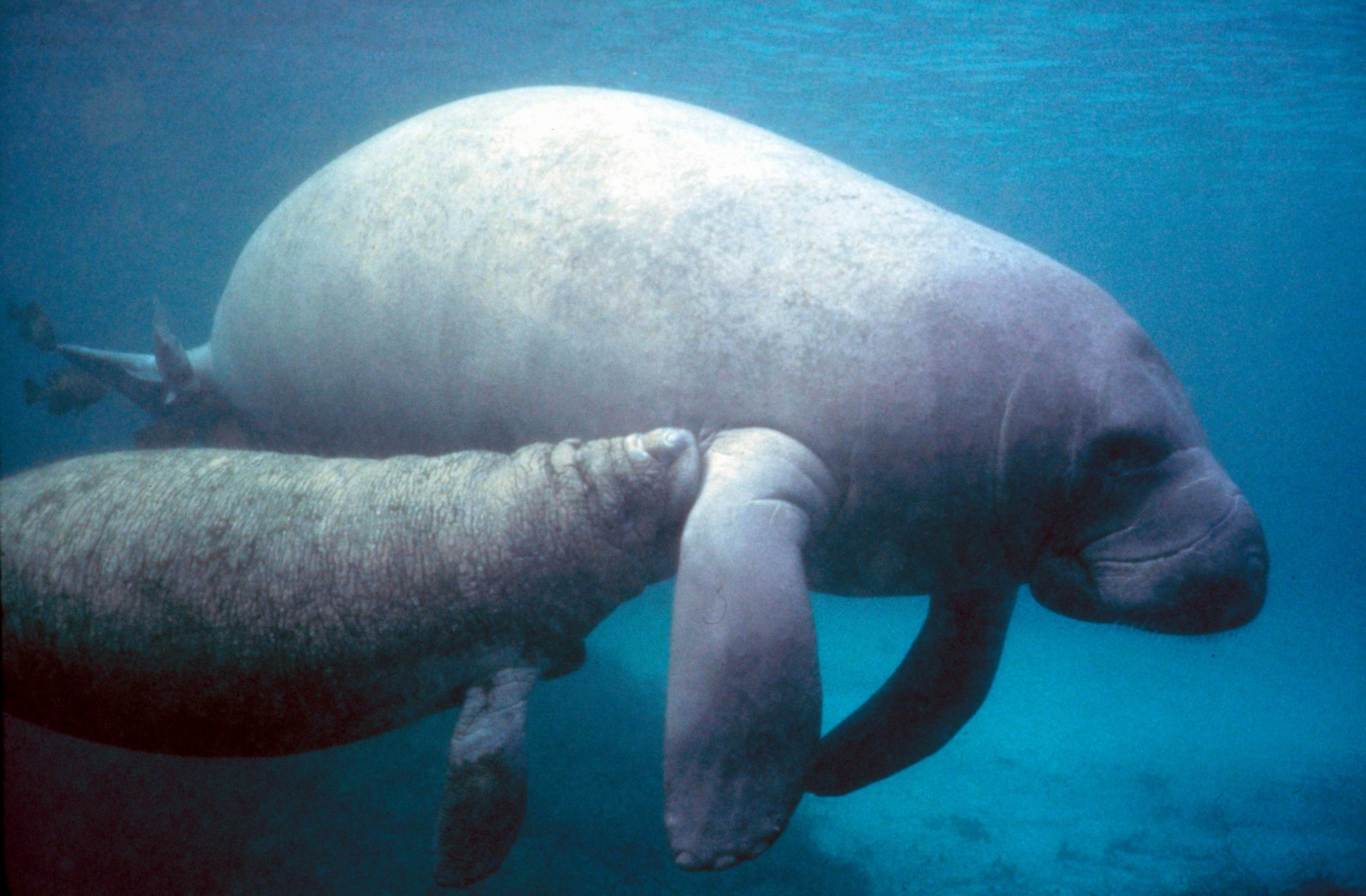In this case, I presented a poster at the scientific meeting I attended, the 2013 annual meeting of the Society for Molecular Biology and Evolution, about work that was recently accepted for publication (expected to be published in January). I'm working on an accessible research blog post about this work. In the meantime, here is the description from the poster this summer, and the pdf version of the poster (you can also download the preprint version here):
Description
The human Y chromosome exhibits surprisingly low levels of genetic diversity. This could result from neutral processes if the effective population size of males is reduced relative to females due to a higher variance in the number of offspring from males than from females. Alternatively, selection acting on new mutations, and affecting linked neutral sites, could reduce variability on the Y chromosome. Here, using genome-wide analyses of X, Y, autosomal and mitochondrial DNA, in combination with extensive population genetic simulations, we show that low observed Y chromosome variability is not consistent with a purely neutral model. Instead, we show that models of purifying selection are consistent with observed Y diversity. Further, the number of sites estimated to be under purifying selection greatly exceeds the number of Y-linked coding sites, suggesting the importance of the highly repetitive ampliconic regions. Because the functional significance of the ampliconic regions is poorly understood, our findings should motivate future research in this area.
Wilson Sayres, Melissa; E. Lohmueller, Kirk; Nielsen, Rasmus (2013): Natural selection reduced diversity on human Y chromosomes. figshare.
http://dx.doi.org/10.6084/m9.figshare.806296


















.jpg)